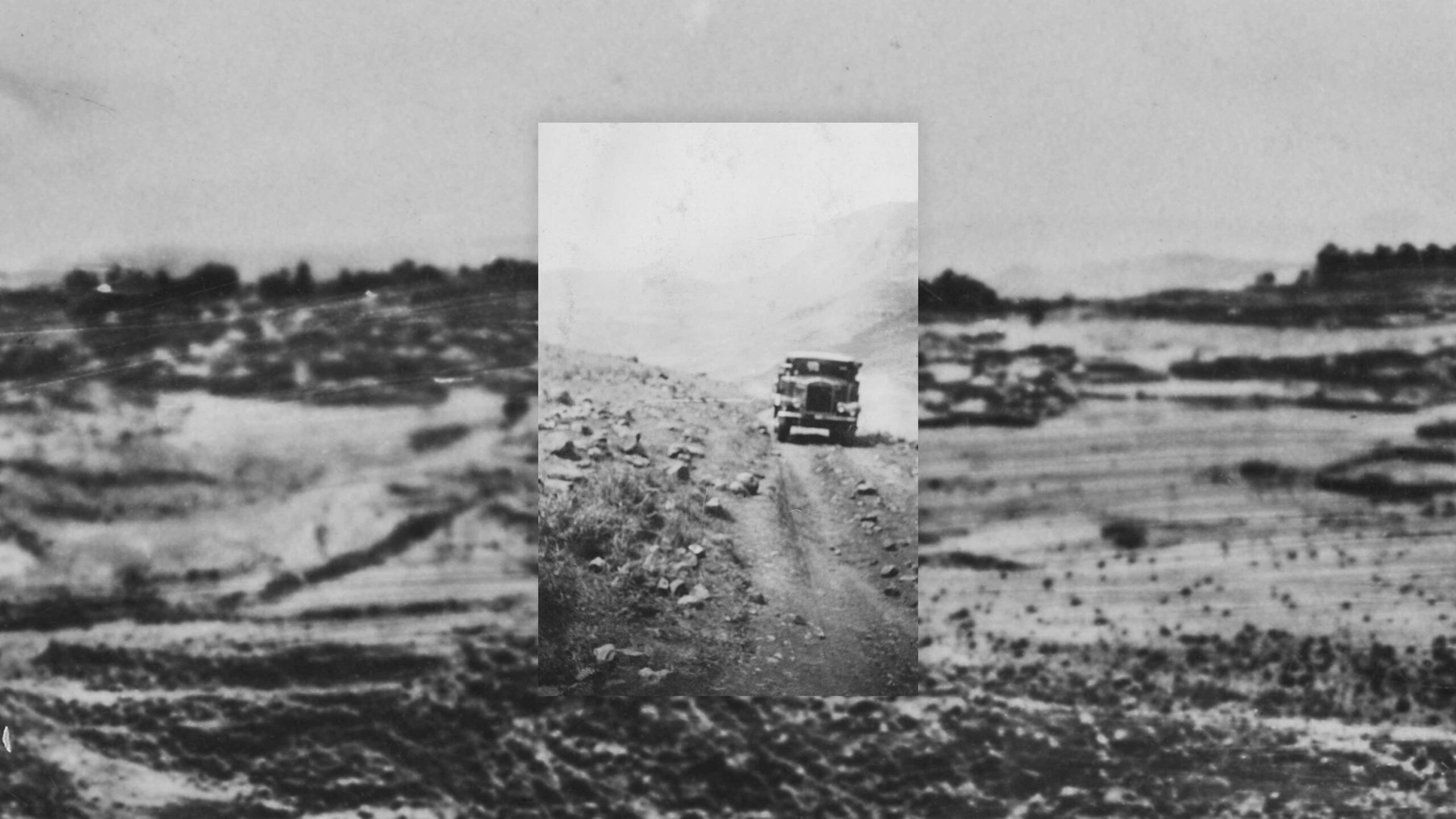Archiving Encounters is a series dedicated to the exploration of archives in contemporary art practices. This series takes conversations with artists, and their practices, as starting points to encounter the different kinds of archives they choose to work with. Often artists use ‘the archive’ as a theme itself, produce new taxonomies, respond to real archival materials to critically challenge modes of knowledge production, or use it as a framing device to invent characters or events from the past that are put in dialogue with the present to shed new light on contemporaneity. In this sense, archives become building sites to create new narratives. In the last article, Leo Burtin’s work revolved around notions of representation and identity, exploring how archival materials can differently resonate in institutional and domestic spaces. Archival objects were brought to life through food, which served as a catalyst to create participatory spaces where ‘quiet politics’ could inhabit conversations and interactions. In this article, the archive is used as an ‘excavation site’ through which histories and stories can re-emerge to question assumptions about the past and their repercussions on present expectations.
Taking inspiration from an archaeological approach, Eleonora Roaro puts in dialogue micro-stories with historical narratives, questioning the hidden power structures of institutional and private archives. By digging out what is there, the artist brings attention to the invisible traces and the gaps left by what is not there, using the archive as a mirror for something else. By researching what is to be seen, the artist reflects on her positionality and on who is seeing and, ultimately, also questioning our own place of spectatorship.
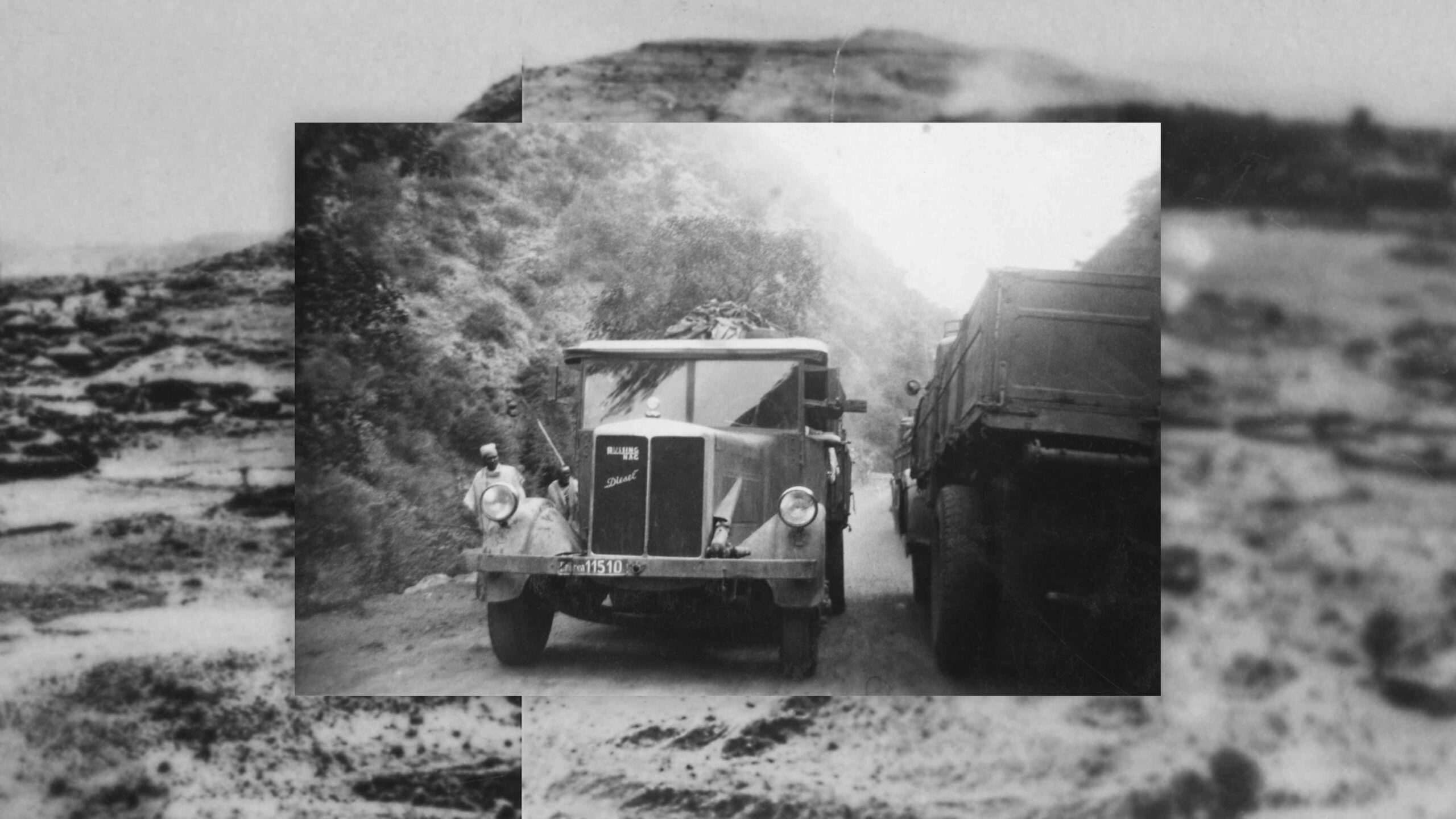
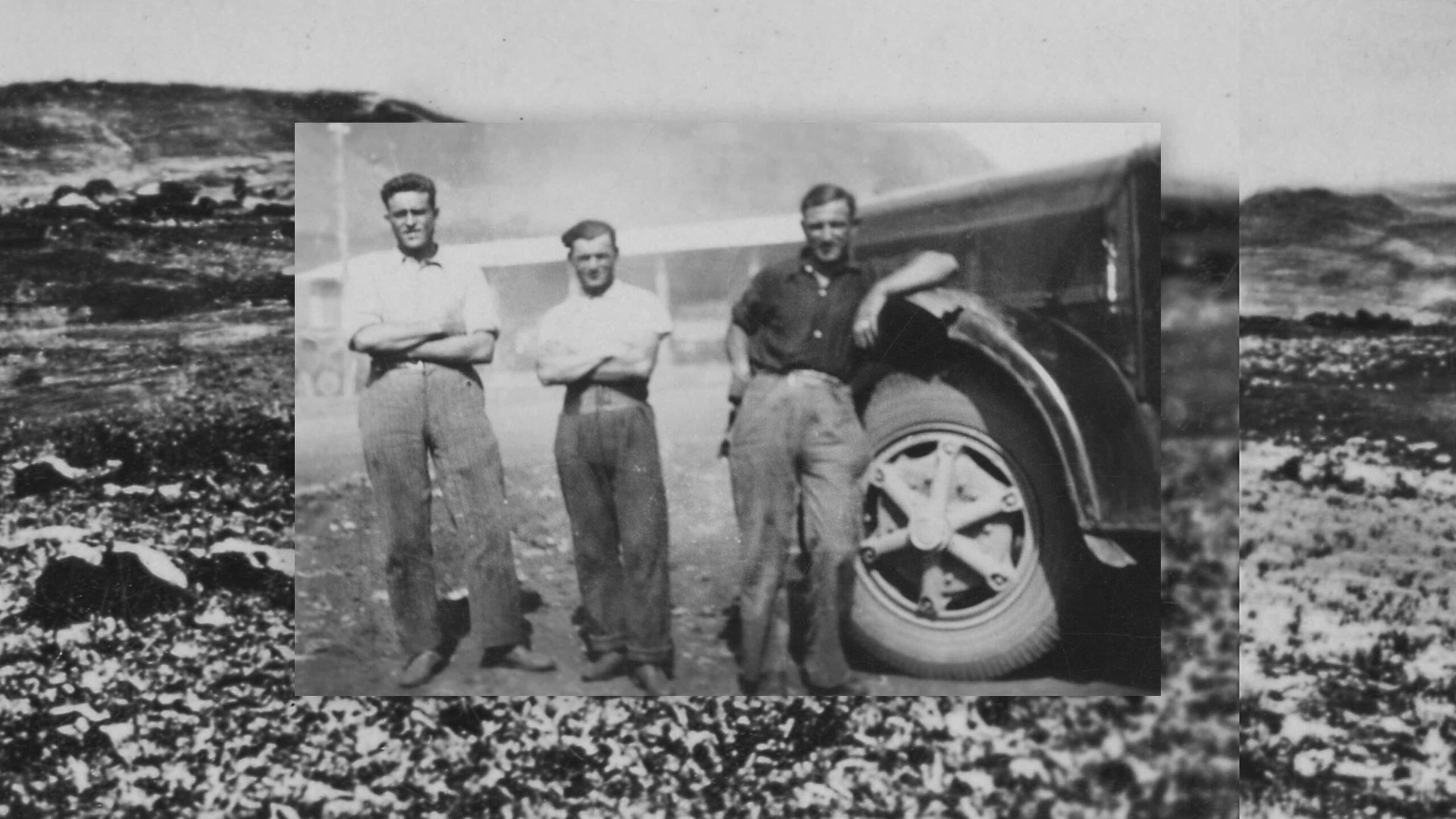
Looping the Archive: Eleonora Roaro
Eleonora Roaro (Italy, 1989) is a visual artist and researcher living and working in Milan. Since 2011 her work has been exhibited in museums and galleries such as La Triennale (Milan), Fabbrica del Vapore (Milan), MACRO (Rome), CAMeC (La Spezia), Maison de la Culture (Clermont-Ferrand), La Friche (Marseille), E-Werk (Freiburg), Fiesta Cultural Center (San Paulo), Luisa Catucci Gallery (Berlin). She was artist in residence at UNIDEE (Biella) in 2019, Casa degli Artisti (Milan) in 2020 and Viafarini (Milan) in 2022. In 2019, she was awarded a scholarship from Udine University for the research “Uses of augmented and virtual reality to promote artistic and cultural heritage”. Between 2020-22 she won the MISTI Global Seed Fund (MIT, Boston) and Friuli-Venezia Giulia Region with “Sensing Dolce Vita: An Experiment in VR Storytelling”. She has published articles and essays on “Alfabeta2”, “Alphaville”, “D’ARS”, “Doppiozero”, “Espoarte”, “Flash Art”, “Juliet”, “Hot Potatoes”, “L’Avventura”, “Nazione Indiana”, “Noemalab”, “Scenari”, “Segno”. Roaro studied photography (BA – IED, Milan), Visual Arts and Curatorial Studies (MA – NABA, Milan) and Contemporary Art Practice (MA – Plymouth University, Plymouth).
In her practice, Eleonora Roaro mainly works with moving images, in particular videos, and archival practices. One of her interests lies in the archaeology of cinema, both as a way to explore the historical ways of engaging with moving images and film and, for us today, as a means to explore the historical, social and cultural dynamics connected with these spaces of spectatorship. She first started by investigating the qualities of devices such as zoetropes, praxinoscopes, kinetoscopes, and magic lanterns, which led to the modern invention of cinematic devices. The functioning of these devices is relatively simple as, through the consequent display of images, they are able to evoke intended narratives. Through her practice she investigates the dimension of spectatorship, placing particular importance on the spatial relationship between the moving image and the body of the spectator. How is the experience of vision impacted by a purposely built immersive space? How does sense-making work when stories are communicated and interpreted by juxtaposing images?
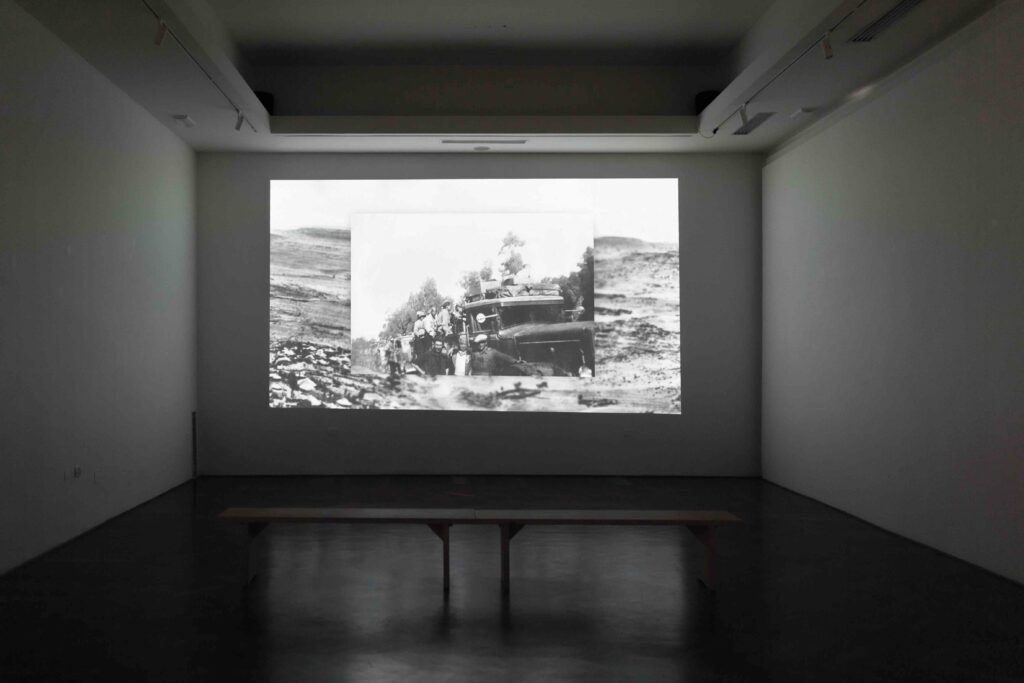
These questions echo in her latest work FIAT 633NM (2021), a single-channel video exhibited for the first time at the Centre of Modern and Contemporary Art (CAMeC) of La Spezia in the Winter of 2022. Adjacent to the video’s projection room is a cabinet which displays the original 35mm photographs and photo albums. The video consists of images taken from the artist’s family archive, which is the repository of photographs taken by her great grandfather at the time of fascist colonialism in East Africa. The family archive contains around 360 photographs presenting a range of subjects; many pictures of the landscape and the local population seem professionally taken, they look like postcards to document the country and its people. Many others are more amatorial, probably taken by the great grandfather who joined the expedition with his own truck, a Fiat 633NM. At the time, alongside soldiers, different members of civil society would travel to the colonies as workers to build infrastructure and settlements. Interestingly, for the artist, the Fiat truck is the main subject of around 60 photographs in the whole archive. Sometimes it is portrayed by itself in different locations or with its owner and, other times, with other trucks, buildings and different men.
In the video, the truck’s photographs appear one after the other in the foreground while, in the background, the landscape photos flow from the right to the left. The video is accompanied by a soundscape of Washint tape loops (a traditional Ethiopian wooden flute) that also flows right to left. The soundscape is produced by Emiliano Bagnato and mixed with a manipulated military march in which the Eritrean soldiers of East Italian Africa cheer Mussolini, Italy and King Victor Emmanuel III. Together, the landscape and the soundscape create the illusion of movement and travelling through space.
The image and the sound are played in a four minutes video loop, a choice to allow viewers to engage with the work for however long as it can grab their attention. Roaro cites Manovich (2001, pp.314-321): “Although the loop might be conceived as a technical limitation, on the contrary, it becomes a narrative engine”. The narrative built on the succession of frames speaks out through the details that are only possible to be seen thanks to the enlarged 35mm contact sheets projected in the video covering the wall almost in its entirety. Details of landscapes and people become visible, white men are portrayed posing to show strength and power, the trucks symbolise the contrast between ‘advanced’ road infrastructures and the ‘wild’ landscape.
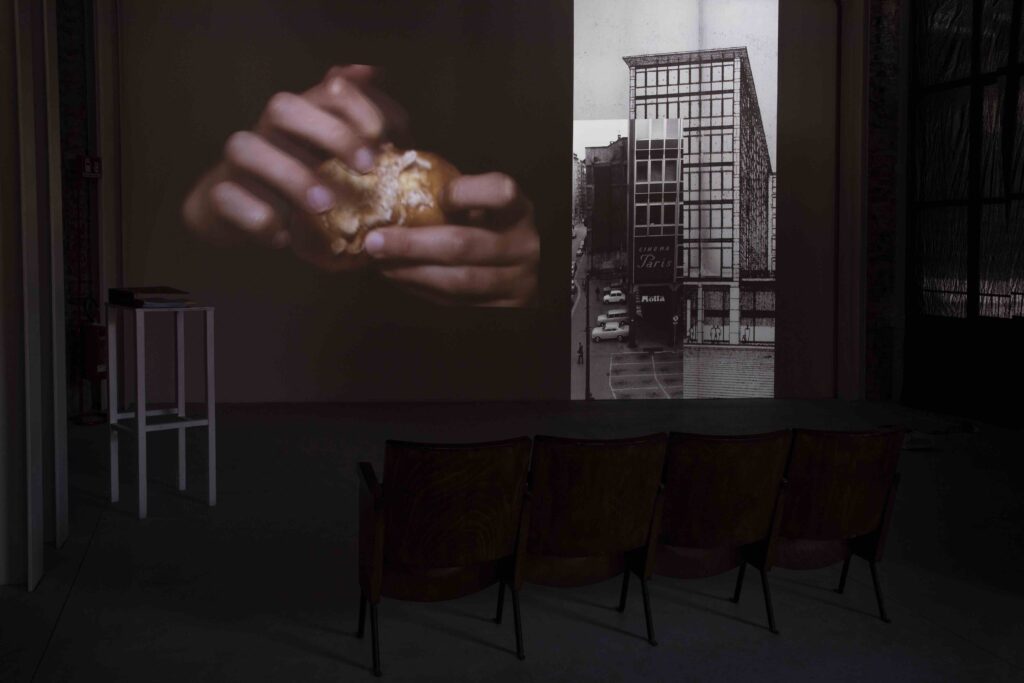
By employing the looping visual mechanism, the artist is subtly referencing another cinematic device to destabilise and uncover the fraudulent ideas underpinning the expedition in East Africa. In the nineteenth century, moving panoramas were a popular attraction where a continuous painted canvas scene scrolled across the back of a stage, often behind a stationary scenic piece or objects like a horse or vehicle. The illusion of movement would transport the spectators to completely different, exotic locations, never seen before. Indeed, those landscapes were completely fictional as the scenery was composed of a mix of different landscapes, just like in the background of Fiat 633NM. Moving panoramas were often narrated to add drama to the events depicted; similarly, in this work, Roaro assumes the narrator’s voice by selecting and juxtaposing panoramas to show the fictionality of ‘natural landscapes’, and similarly, the opposition between the representation of western civilised settlers and the ideas and images that served to justify subalternity of colonial populations and lands.
The work will also be on show at the Turin’s Museo Diffuso della Resistenza, della Deportazione, della Guerra, dei Diritti e della Libertà (“Widespread” Museum of Resistance, Deportation, War, Rights and Freedom) between 30 September and 20 November 2022. In this context, the display of the work will change not because of the layout of the space but in response to the nature of the hosting institution. In this venue, the cabinet with the archival objects and the video will be on show alongside other archival objects from the Museum, information and infographics that provide a broader historical context. Another loop comes into play here through the feedback between the institutional archive and the family archive, between History and the micro-stories that populated it. Looping the archives one into the other offers reflections about the practice of archiving itself, who decides what to preserve and how: pointing at the power performed in these choices. The dialogue between the ‘small’ and the ‘big’ archive opens up reciprocal questions to challenge the assumptions and expectations about the narratives that lie between micro-stories and macro histories, destabilising established histories. What stories are the objects present in the archive not telling? On the contrary, what stories can we discover from the object absent in the archive?
The selection of images affirms the voice of the artist, who reflects on her positionality in working with archives. Her practice is heavily based on research, which brings up a tension between established disciplines such as anthropology, history and sociology and creative practices. Rather than practice-led research, this research-based practice allows her for subjective freedom to linger on details that are, otherwise, often overlooked by the necessity of producing a systematic contribution to the transitions between historical world-views, upon which grand historical narratives are built. In her work, narrative continuities break down under close inspection of the similarities emerging from the repetition of archival materials and images. This breaking down opens up space for questioning pre-determined meanings and uncovering the condition of spectatorship. Who occupies this space for looking? And how?
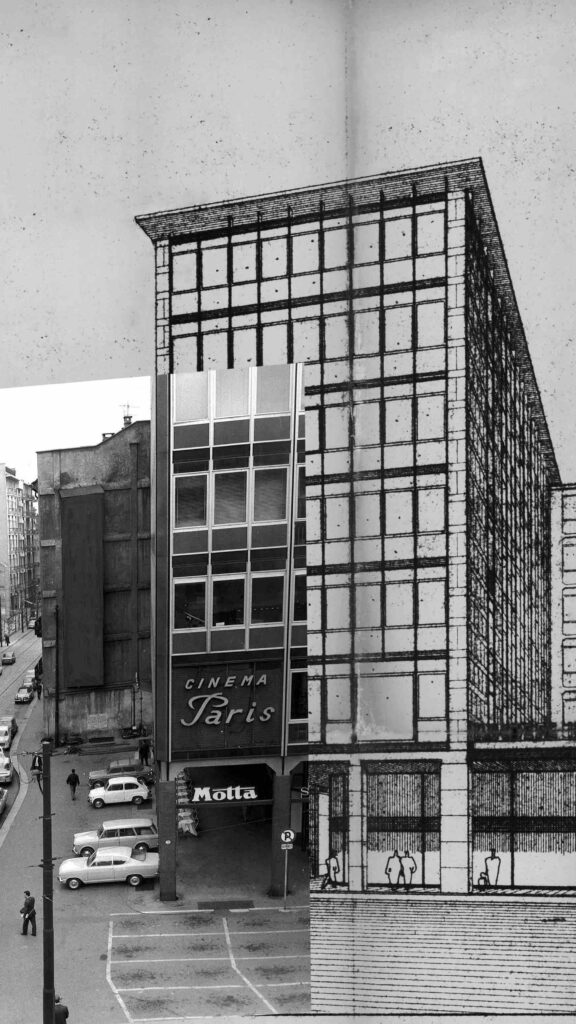
Other works such as Garibaldi 99 and Odeon VR explicit this space by materialising spectators: here, the ‘literal’ spectators of cinema entertainment. In Garibaldi 99, archival materials are used as a starting point to research the social and cultural life around the Garibaldi cinema in Milan. The artwork is an installation that brings together heterogeneous archival materials with layers of images, projections, sound and videos. A digital collage of a photograph and a blueprint of the cinema from the 60s is projected on the wall. Alongside archival materials, the research for this work included interviews with local residents and people that shared family memories and connections with the cinema. These oral histories are documented in a series of podcasts as an attempt to fill the gaps in the archive. They are on show alongside notes, interview transcripts, and emails which document, instead, the difficulty of historical investigation and restitution. Central to this installation is the video work fregüia (2020) (crumb in Milan’s dialect), in which Buondì, a popular Motta pastry, is torn into crumbs (Ed. Motta is an Italian food and confectionery company, the first to industrially produce these kinds of snacks in 1954).
The specific interest in this pastry comes from one of the interviewee’s recollections of his childhood memories when he would go with friends to the store to buy faulty products that could not be sold, broken biscuits and pastries, as snacks to eat during film projections at the cinema. This story became more tangible when correspondence was found in archival photos, which showed that next to the cinema there was a Motta store. In the video, the artist focused on this food to reveal certain habits and customs of cinema-goers of the time linking personal stories with much broader, documented ones, for example, the industrialisation of food production in Italy. By bringing attention to this visible trace from the past, the artist uses the pastry as a mirror to reflect something that was. The spectators are materialised as we are able to look through their eyes. Meanwhile, the crumbling of the pastry stands as a metaphor for the archive as made up of residues of something that is not anymore.
Similarly, the project Odeon VR (2020 – ongoing) aims to virtually reconstruct the Odeon Cinema in Udine at the time of its first inauguration in 1936. National and local archives, public and private, are being investigated alongside oral sources to bring back to life the cinema. The project is led by Udine University and sees the collaboration of Alessandro Passoni for the digital modelling and VR environment design. Documents, images, architectural layouts and plans are analysed to be able to digitally model the material space of the cinema. The virtual reality set is used as a storytelling device where participants are immersed in the digital space to explore the cinema where interviews, with descendants and relatives of people of the time, are used to activate the memories of the place and expand its history. Literally, here we can see what people attending the cinema saw and we are able to get a closer sense of the life and experiences of the time.
Once again, a clever work of positioning and entanglement of gazes. I dare make a parallel here as this game of gazes made me think of Foucault’s analysis of Velasquez’s 1656 painting Las Meninas. Here, the painter himself is portrayed in the process of making a canvas painting. At first, it is not clear whether the scene is working in the same as the one we can see, however, a mirror on the back wall reveals the likely subject of the painting, King Philip IV and Queen Mariana of Spain. By spotting this detail, the composition of the painting becomes clearer: Velázquez, then, is painting a scene that portrays the process of painting in the very piece we are looking at while also indirectly painting the royal couple. The couple is posing for Velázquez and the people in the foreground of the painting are watching the royal couple pose for their portrait. What we are seeing in Las Meninas is the King and Queen’s view, we are witnessing a painting come to life from the perspective of the person being painted. On Las Meninas, Focault (1994, pp.5-6) wrote:
- The painter is turning his eyes towards us only insofar as we happen to occupy the same position as his subject. We, the spectators, are an additional factor. Though greeted by that gaze, we are also dismissed by it, replaced by that which was always there before we were: the model itself. But, inversely, the painter’s gaze, addressed to the void confronting him outside the picture, accepts as many models as there are spectators; in this precise but neutral place, the observer and the observed take part in a ceaseless exchange.
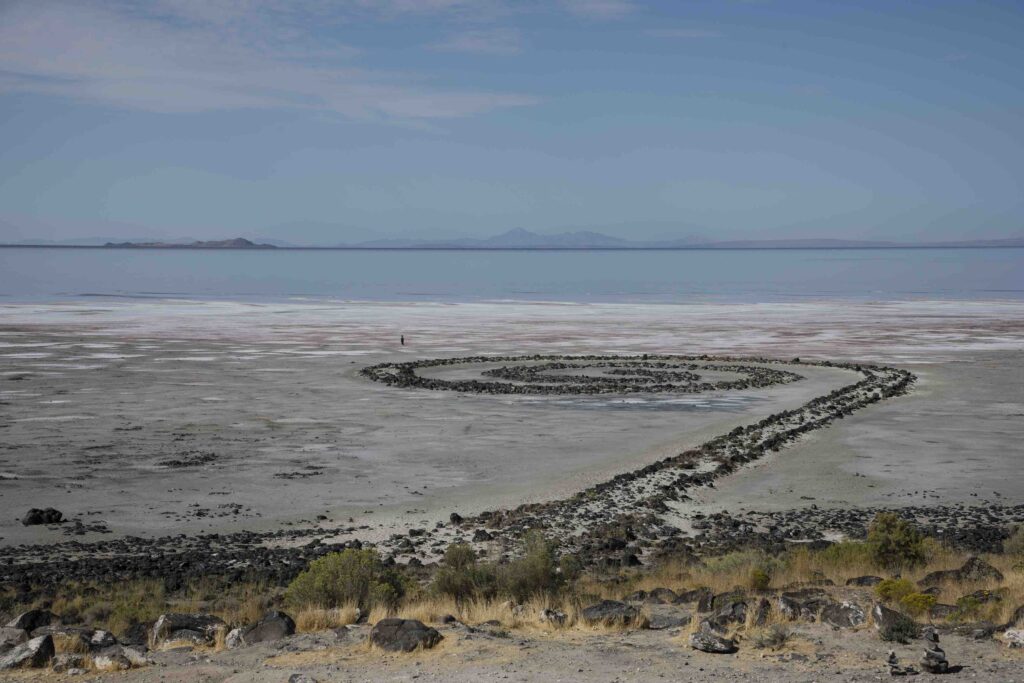
Similarly, Roaro reproduces a system of gazes, let’s think again of the process for making Fiat 633NM. The uncanny abundance of old images of a truck, noticed by the repetition of the subject, grabs the artist’s attention; these photos are a snapshot of a moment but serve to redirect the artist’s gaze as a sort of allegory or, better, a mirror of those in the picture but also those around them, those taking the pictures and more broadly about the way of seeing and reproducing the culture and society of their time. The spectators of the scene that is being represented in the photo are materialised through a negative dialectic in which “art is the negative knowledge of the actual world” (Adorno, 1984). These traces of personal stories are often lost in the grand narratives of history, but they are present in the archive and can be brought to the surface. The eye of the artist is then driven to archive to uncover a broader understanding that, yet, leads her back to a particular image. It needs to be noted that not only the video work comes from a family archive, but also the sound of the military march comes from an archive, this time a national one, the Central Institute for Sounds and Audiovisual material in Rome. Thus, different loops are created in the process of the work: the feedback loop between national and local, family archives; the loops of viewing points from the subject of the image which is at once subject in the active representation of a time and object of the gaze of those who made it. But also from active-looking subjects who, in turn, also become our objects of view and us: the final spectator. We are put in that position by the artist who, like Velázquez, is representing herself in the work as she makes it, by being the first engine of this viewing process. What we can see is only the description of a moment from which the reciprocity of the gaze makes visible what is invisible:
- the profound invisibility of what one sees is inseparable from the invisibility of the person seeing—despite all mirrors, reflections, imitations, and portraits… [i]n the midst of this dispersion which it is simultaneously grouping together and spreading out before us, indicated compellingly from every side, is an essential void: the necessary disappearance of that which is its foundation—of the person it resembles and the person in whose eyes it is only a resemblance (Foucault, 1994, p.16).
Ultimately, by looping the archive the work problematises the narratives embedded in the work as something that is constructed and artificial, eventually presenting them as a form of subjective representation. However, this is part of a broader reflection on the potential of art to explore the invisible elements of the visible, decomposition and artificiality, and the possibility of seeing and time/space contingencies. In the work Vanishing Point (2019), Roaro embodies the limitations and contradictions of art and representation by disappearing in the Great Salt Lake. The waters of the Lake had swallowed Smithson’s famous “Spiral Jetty” for about 30 years but in 2002 a drought revealed the work again, and from that moment it has been mostly visible. In the video-performance Vanishing Point the camera is positioned next to the last stone of the Spiral Jetty. From that point, the artist walks toward the lake until she disappears in the water.
Foucault, M. 1994. The Order of Things. An Archeology of the Human Sciences. New York NY: Vintage Books Edition.
Manovich, L. 2001. The language of new media. Cambridge MA: The MIT Press.


